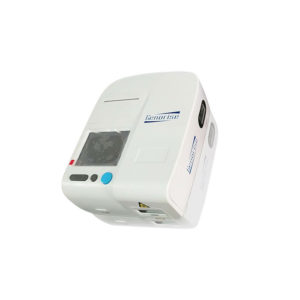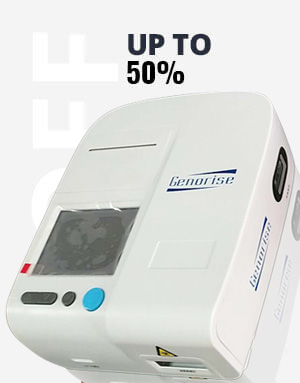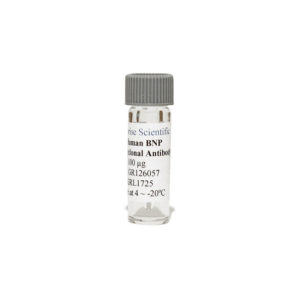Recombinant Canine MMP-1 Protein
$99.00 – $2,280.00
The recombinant canine MMP-1 protein is derived from in vitro expression of canine MMP-1 gene in E. coli and purified using his-tag affinity column and can be used in multiple applications such as cell culture, ELISA and western blot.
Alternative names for MMP-1: Matrix metalloproteinase-1, MMP1
This product is for Laboratory Research Use Only not for diagnostic and therapeutic purposes or any other purposes.
- Description
- Product Citations
- Reviews (0)
Description
Genorise Recombinant Canine MMP-1 Protein Summary
Alternative names for MMP-1: Matrix metalloproteinase-1, MMP1
Product Specifications
| Purity | > 95%, by SDSPAGE under reducing conditions and visualized by silver stain. |
| Endotoxin Level | < 1 EU per 1 μg of the protein by the LAL method. |
| Activity | Measured by its ability to cleave a fluorogenic peptide substrate Mca-KPLGL-Dpa-AR-NH2. The specific activity is 450 pmol/min/µg, as measured under the described conditions. |
| Source | E. coli derived canine MMP-1 |
| Accession # | A0A8I3RPH1 |
| N-Terminal Sequence Analysis | Ala |
| Amino Acid Sequence | Ala181-Cys465 |
| Predicted Molecular Mass | 31 kDa |
| SDS-PAGE | 31 kDa, reducing conditions |
Background:
Matrix metalloproteinase-1 (MMP-1) also known as interstitial collagenase and fibroblast collagenase is an enzyme that is encoded by the MMP1 gene.[1] MMP-1 has an archetypal structure consisting of a pre-domain, a pro-domain, a catalytic domain, a linker region and a hemopexin-like domain.[2] The Catalytic Domains of MMPs share very similar characteristics, having a general shape of oblate ellipsoid with a diameter of ~40 Å. The Catalytic Domain of MMP-1 is composed of five highly twisted β-strands (sI-sV), three α-helix (hA-hC) and a total of eight loops, enclosing a total of five metal ions, three Ca2+ and two Zn2+, one of which with catalytic role. The Catalytic Domain (CAT) of MMP-1 starts with the F100 (non-truncated CAT) as the first amino-acid of the N-terminal loop of the CAT domain. A specific region (183)RWTNNFREY(191) has been identified as a critical segment of matrix metalloproteinase 1 for the expression of collagenolytic activity.[3] On C-terminal part of the CAT Domain the hB α-helix, known as the “active-site helix” encompasses part of the “zinc-binding consensus sequence” HEXXHXXGXXH that is characteristic of the Metzincin superfamily.[4] The α-helix hB finishes abruptly at Gly225 where the last loop of the domain starts. This last loop contains the “specificity loop” which is the shortest in the MMPs family. The Catalytic Domain ends at Gly261 with α-helix hC. MMPs are involved in the breakdown of extracellular matrix in normal physiological processes, such as embryonic development, reproduction, and tissue remodeling, as well as in disease processes, such as arthritis and metastasis. Specifically, MMP-1 breaks down the interstitial collagens, types I, II, and III. Mechanical force may increase the expression of MMP1 in Bovine periodontal ligament cells.[13] MMP1 has been shown to interact with CD49b.[14][15]
References
- Brinckerhoff CE, et al. (1987). Clin. Invest. 79 (2): 542–6.
- Li J, et al. (1995). Structure 3 (6): 541–9.
- Chung L, et al. (2000). Biol. Chem. 275 (38): 29610–7.
- Bode W, et al. (1993). FEBS Lett. 331 (1-2): 134–40.
- Huang SF, et al. (2008). J. Oral Sci. 116 (4): 319–23.
- Dumin JA, et al. (2001). Biol. Chem. 276 (31): 29368–74.
Product Citations
Be the first to review “Recombinant Canine MMP-1 Protein”
You must be logged in to post a review.


























Reviews
There are no reviews yet.